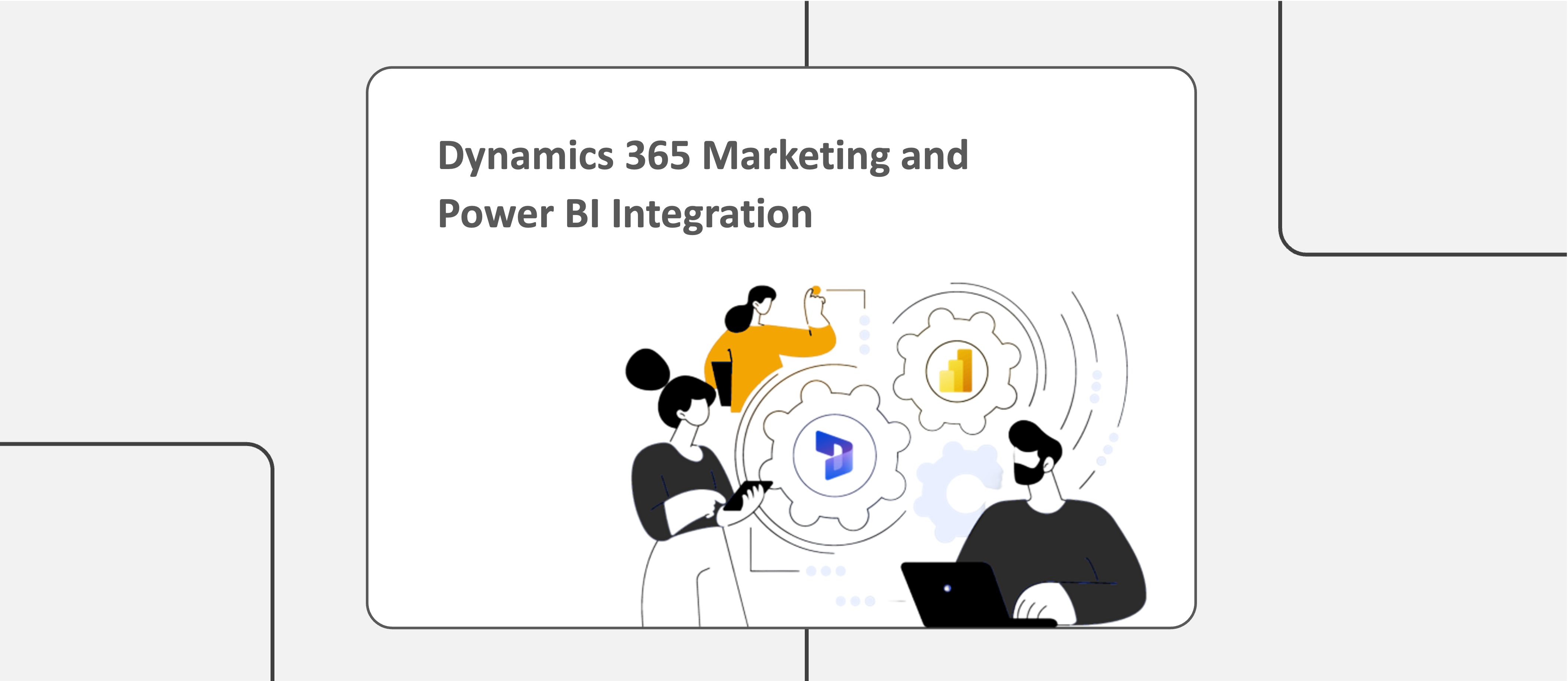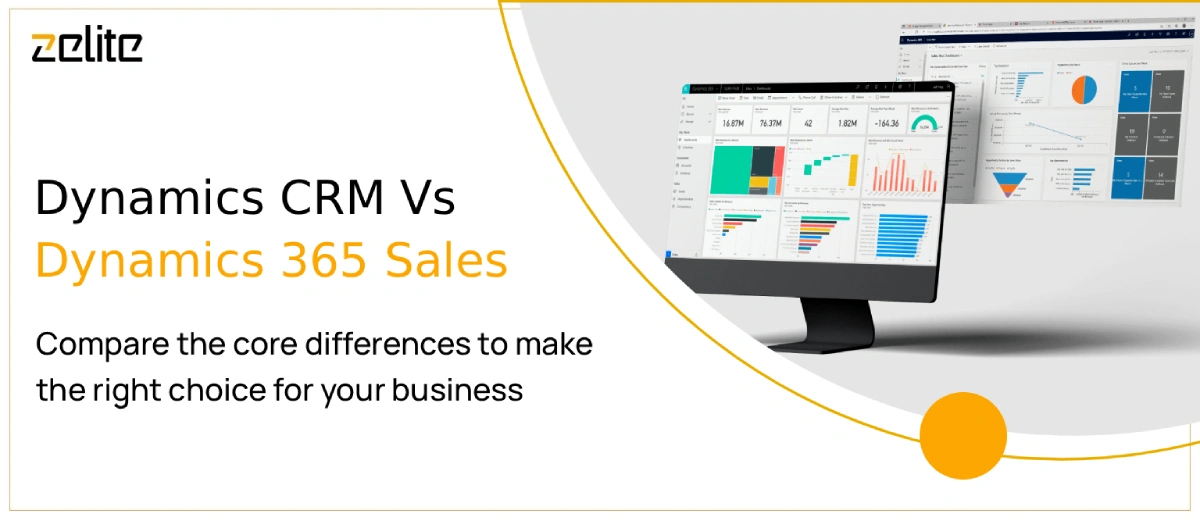Are you struggling to make sense of the data that your marketing efforts generate? If so, you’re not alone. In today’s world, data is king, but it’s only valuable if you can use it to drive action. Fortunately, one of the thousands of tools available is Dynamics 365 Marketing, which can be combined with Power BI for a powerful platform for analyzing your marketing data. By leveraging Power BI Integration with Dynamics 365, you can gain deeper insights and enhance your marketing strategies.
Microsoft has consistently been recognized as a leader in the Analytics and Business Intelligence (ABI) platform market, notably being named a Leader in the 2024 Gartner Magic Quadrant for Analytics and BI Platforms. This recognition is attributed to the seamless integration of Power BI with Dynamics 365, which enables organizations to leverage comprehensive data insights (resources.westerncomputer).
What is Dynamics 365 Marketing?
Dynamics 365 Marketing is a marketing automation platform that can help you streamline your marketing processes and drive more effective campaigns. With Dynamics 365 Marketing, you can create and execute multi-channel campaigns, manage your marketing lists, and track your performance metrics. The platform also includes robust analytics capabilities, which can help you make sense of your marketing data and drive better results.
One of the key benefits of Dynamics 365 Marketing is its integration with other Microsoft products, including Power BI. By leveraging Power BI Integration with Dynamics 365, you can create powerful visualizations of your marketing data and use them to identify trends and insights that can help you improve your campaigns.
What is Power BI?
Power BI is a business analytics service provided by Microsoft that allows you to visualize and analyze data from a variety of sources. With Power BI, you can create interactive dashboards and reports that provide real-time insights into your data.
Power BI is a powerful tool for analyzing marketing data because it allows you to create visualizations that make it easy to identify trends and insights. For example, you could create a dashboard that shows the performance of your campaigns across different channels, or a report that analyzes the performance of your email campaigns by segment.
Power BI integration with Dynamics 365
When you do Power BI integration with Dynamics 365, you get a powerful platform for analyzing your marketing data and driving better results. Here are some of the benefits of using these two tools together:
Streamlined Data Integration:
Dynamics 365 Marketing and Power BI are designed to work together, which means that you can easily integrate your marketing data into Power BI.
Robust Analytics Capabilities:
With Power BI, you can create visualizations of your marketing data that make it easy to identify trends and insights.
Real-time Data:
Dynamics 365 Marketing and Power BI both provide real-time data, which means that you can make decisions based on the most up-to-date information.
Improved Decision-making:
Unlock powerful insights from your marketing data and enhance decision-making to drive better results by leveraging the Power BI integration with Dynamics 365 Marketing.
Conclusion
If you find it challenging to understand your marketing data, the Power BI integration with Dynamics 365 can provide the clarity you need. By combining these two powerful tools, you can gain valuable insights into your marketing performance, enabling you to enhance your campaigns and achieve better results. With robust analytics capabilities and real-time data, the Power BI integration with Dynamics 365 offers a comprehensive platform for analyzing your marketing data effectively.
Are you ready to elevate your marketing strategy? Start harnessing the potential of the Power BI integration with Dynamics 365 to analyze your data and drive impactful results. At Zelite Solutions, we offer expert consulting services to help you maximize the benefits of these powerful tools. Contact us today to discover how we can assist you in optimizing your marketing efforts through the Power BI integration with Dynamics 365.




